The ocean is a place of wonder, beauty, and often danger disguised in the cutest of packages. Some sea creatures look like they were designed to star in a Pixar film, but don’t be fooled—beneath their innocent exteriors lies the power to cause serious harm, or worse. Here are 15 adorable-looking sea creatures that could end you faster than you can say “aww.”
1. Blue-Ringed Octopus: The Tiny Assassin
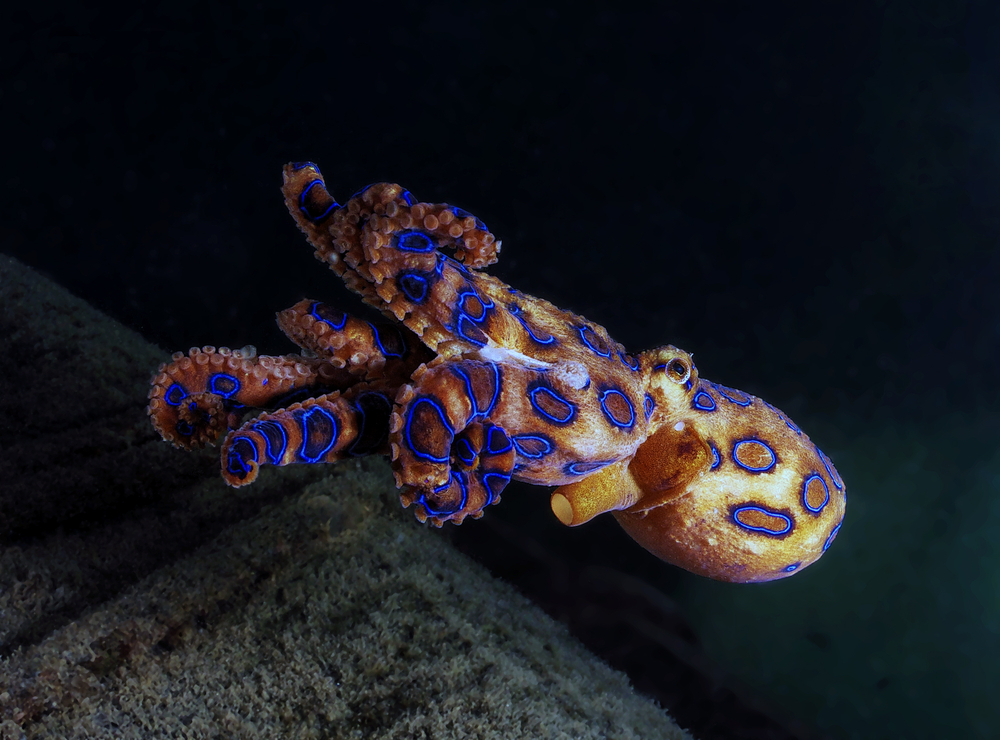
With its vibrant blue rings and small size (only about the size of a golf ball), the blue-ringed octopus looks like an underwater jewel. However, its beauty masks a deadly secret: its venom contains tetrodotoxin, a neurotoxin capable of causing paralysis and death within minutes. Found in tide pools across the Pacific and Indian Oceans, this tiny predator delivers a painless bite that quickly turns lethal.
2. Pufferfish: The Inflatable Threat
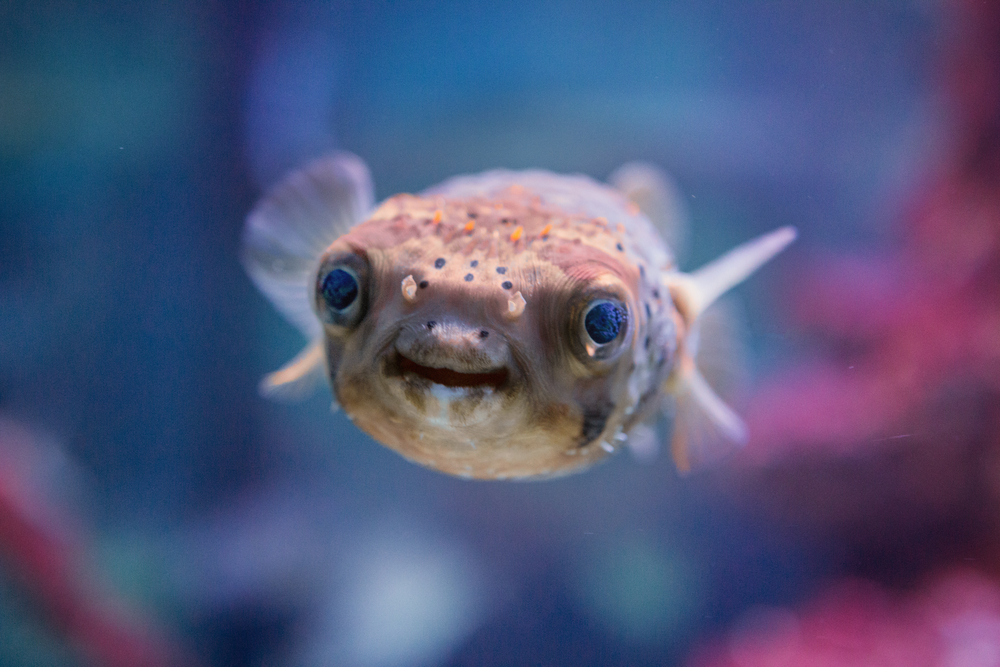
Pufferfish are undeniably adorable when they puff up like spiky balloons, but their charm hides a dangerous toxin. Known as tetrodotoxin, the poison is 1,200 times more toxic than cyanide. Found in warm waters worldwide, pufferfish are a delicacy in some cuisines—but improperly prepared, they can cause death within hours. It’s safe to say these cute swimmers aren’t as harmless as they look.
3. Box Jellyfish: The Deadly Drifter
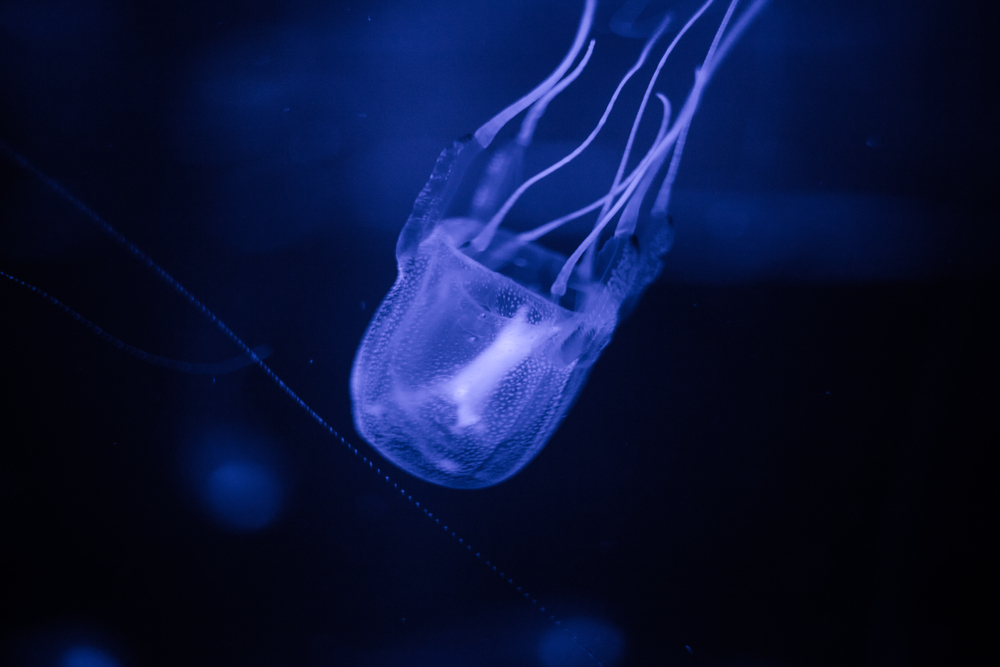
Box jellyfish are nearly invisible in the water, but their transparent, delicate appearance belies their deadly nature. These jellyfish are equipped with tentacles covered in venom-filled nematocysts that can cause cardiac arrest in minutes. Found in the waters around Australia and Southeast Asia, their sting is one of the most painful experiences on Earth—and often fatal if untreated.
4. Stonefish: The Master of Camouflage
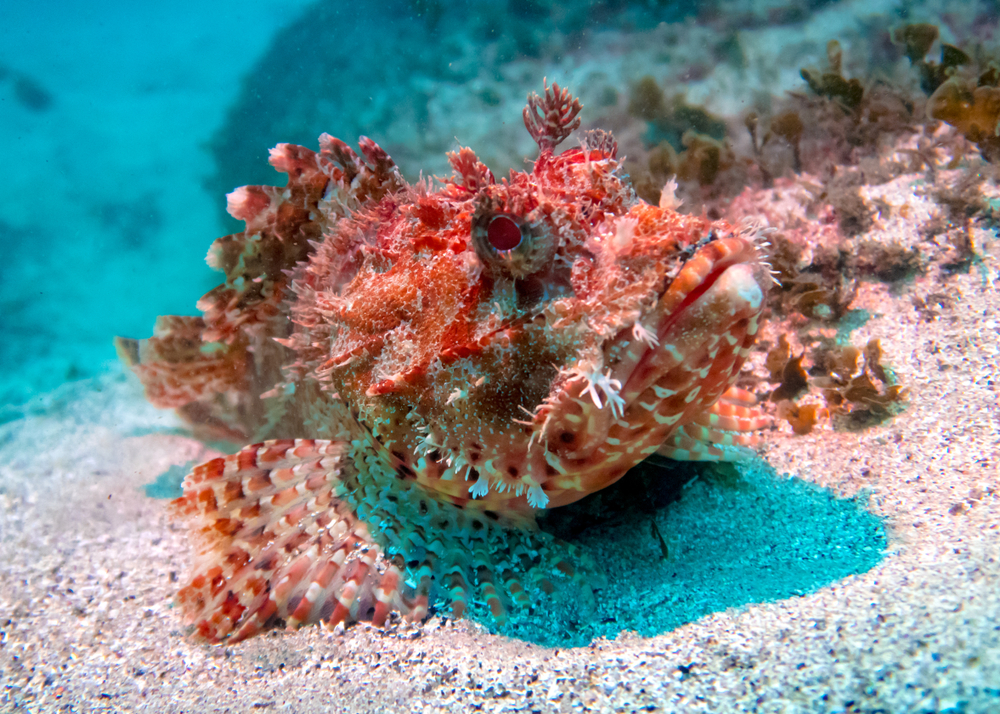
Stonefish look like harmless, algae-covered rocks, blending seamlessly into the seabed. But step on one, and you’ll feel the excruciating sting of its venomous spines, which can cause paralysis, tissue damage, and even death. Found in the Indo-Pacific, this deadly creature proves that looking unassuming doesn’t mean it isn’t dangerous.
5. Cone Snail: The Lethal Collector’s Item
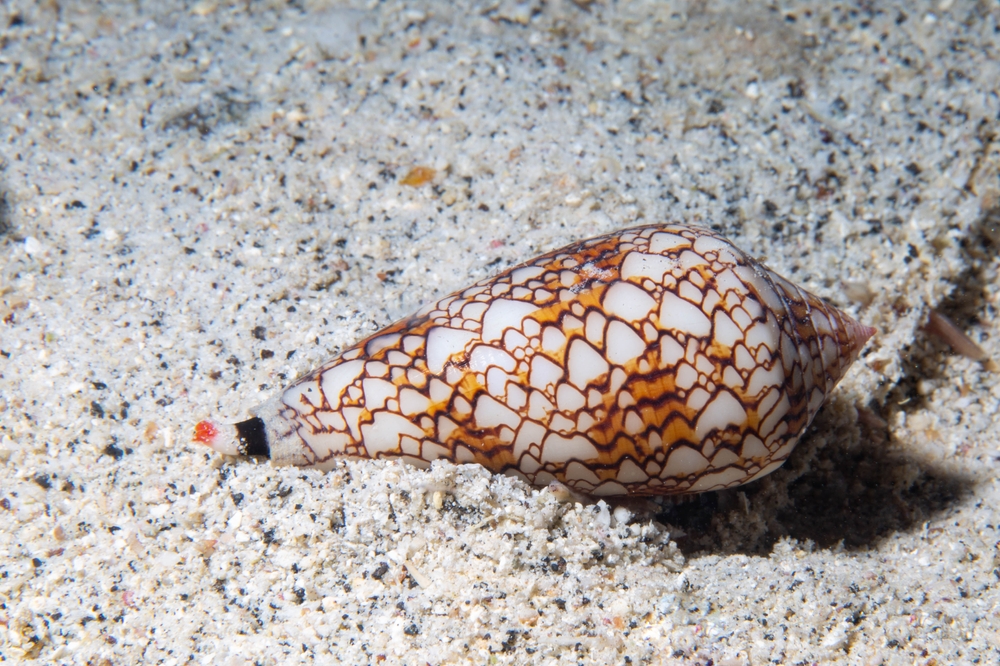
Cone snails are prized for their beautifully patterned shells, but handling one could be your last mistake. These small marine snails use a harpoon-like tooth to inject venom potent enough to kill 20 humans. Found in tropical waters, their sting, dubbed “the cigarette snail” because you only have time to smoke a cigarette before it kills you, is both swift and deadly.
6. Lionfish: The Striped Menace
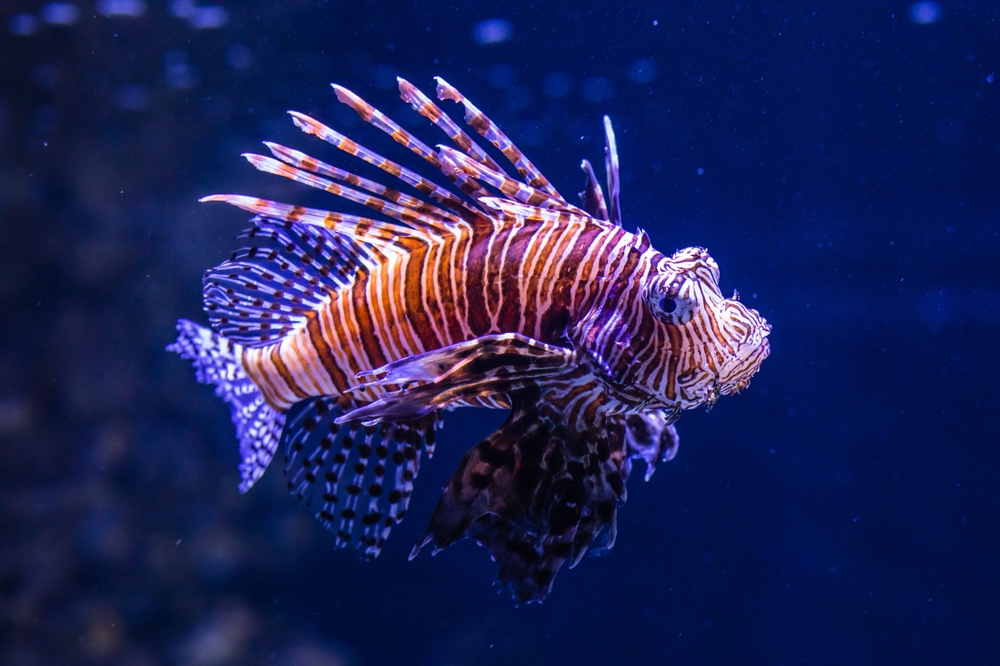
With its flamboyant fins and bold stripes, the lionfish looks like an underwater fashion icon. However, its spines are packed with venom that can cause extreme pain, respiratory distress, and even paralysis. Found in the Indo-Pacific and increasingly invasive in the Atlantic, this fish is as dangerous as it is stunning.
7. Crown-of-Thorns Starfish: The Spiny Marauder
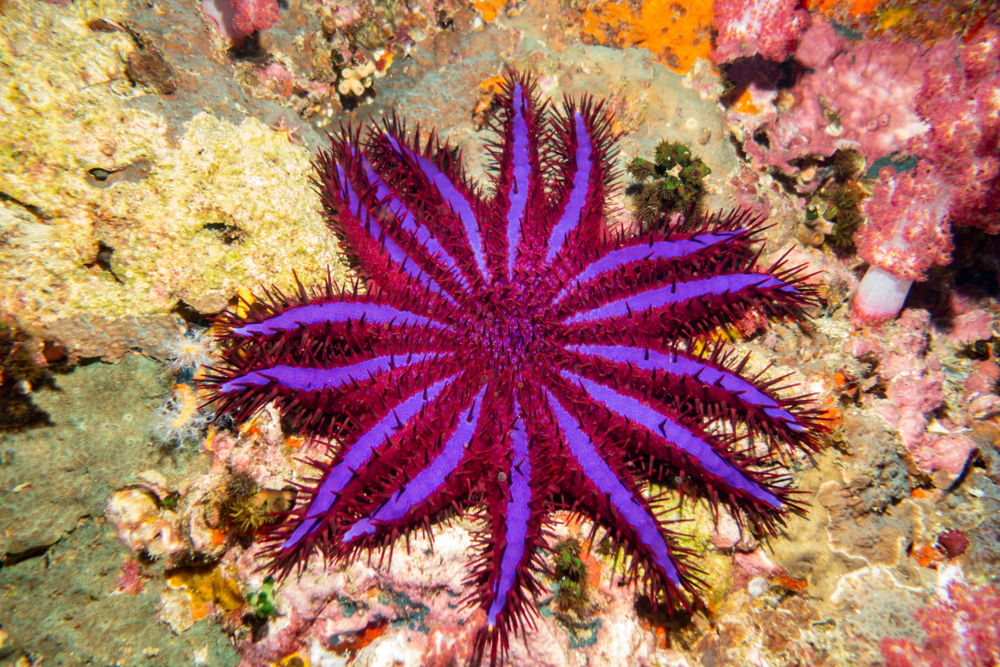
The crown-of-thorns starfish is as striking as it is deadly, covered in venomous spines that can cause intense pain, nausea, and swelling. Found in coral reefs across the Indo-Pacific, these starfish not only pose a threat to humans but also wreak havoc on reef ecosystems by devouring coral at an alarming rate.
8. Flower Urchin: The Deadly Decorator
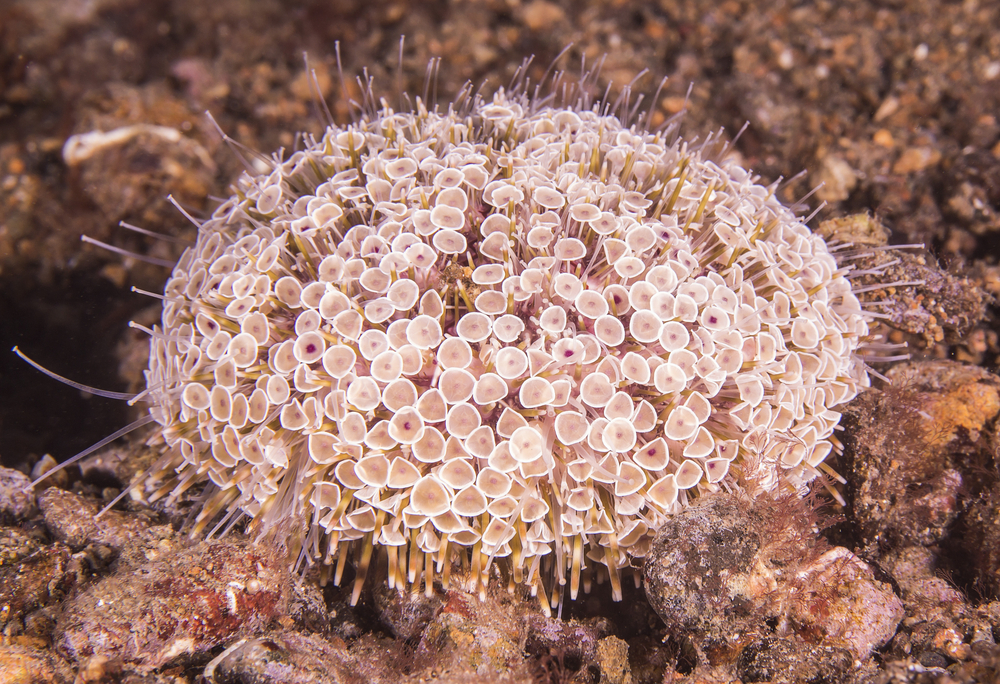
The flower urchin looks more like a marine bouquet than a living creature, but don’t be fooled by its charming appearance. Its venomous spines and pedicellaria can deliver a painful sting that causes difficulty breathing, muscle paralysis, and even death. Found in tropical waters, this spiky beauty is one sea creature you don’t want to step on.
9. Sea Snakes: The Ocean’s Silent Killers
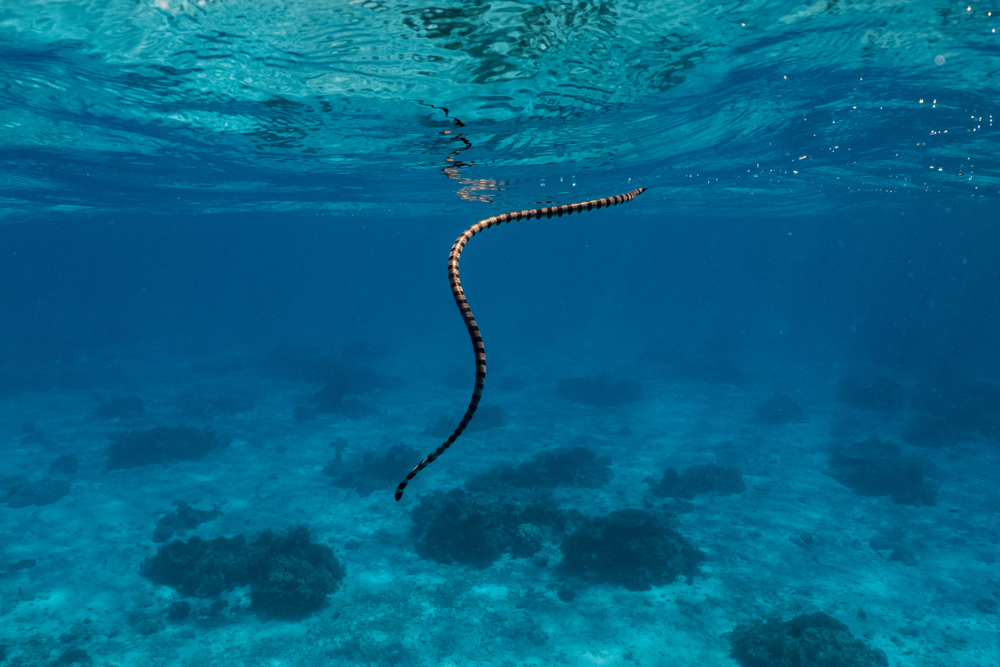
Sea snakes may look like their land-dwelling cousins, but they’re far deadlier. Found in tropical waters, these serpents are equipped with venom more potent than that of cobras. While they’re generally shy, a single bite can cause muscle paralysis and respiratory failure. Their graceful swimming and unassuming appearance make them seem harmless—until it’s too late.
10. Portuguese Man o’ War: The Floating Terror
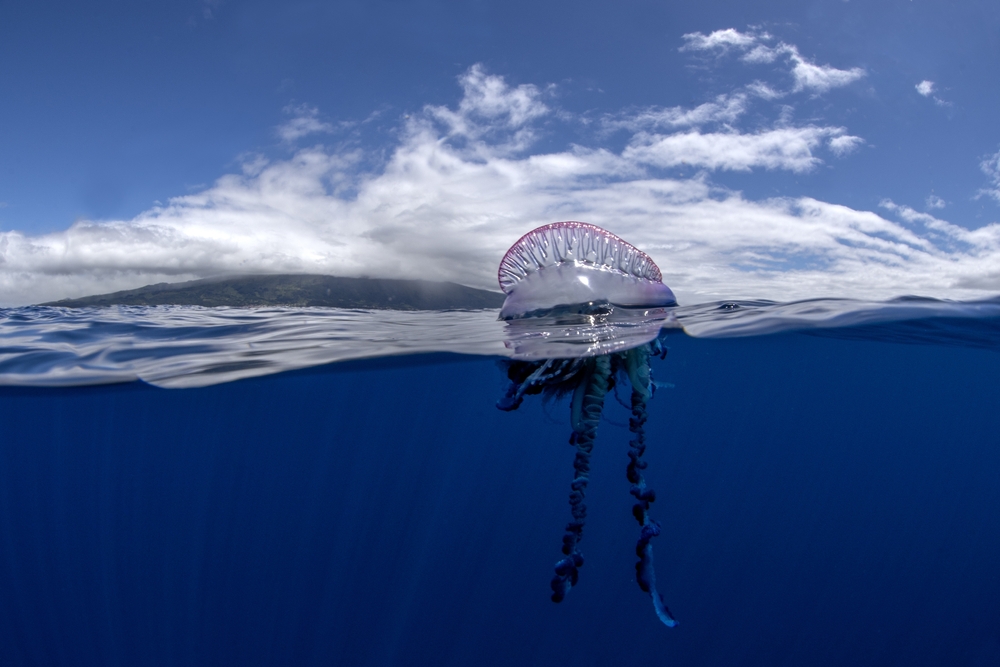
Often mistaken for a jellyfish, the Portuguese man o’ war is actually a siphonophore—a colony of organisms working together. Its tentacles can reach up to 100 feet and are armed with venomous nematocysts that cause excruciating pain, welts, and even cardiac arrest. Floating serenely on the surface, it’s as deadly as it is deceptively beautiful.
11. Surgeonfish: The Blade-Carrying Beauties

Surgeonfish are known for their vibrant colors and streamlined bodies, but hidden near their tails are razor-sharp spines capable of delivering painful slashes. Found in coral reefs worldwide, these spines are a natural defense mechanism. While not venomous, their cuts can cause infections, making this pretty fish one you’d rather admire from afar.
12. Stargazer Fish: The Buried Shocker
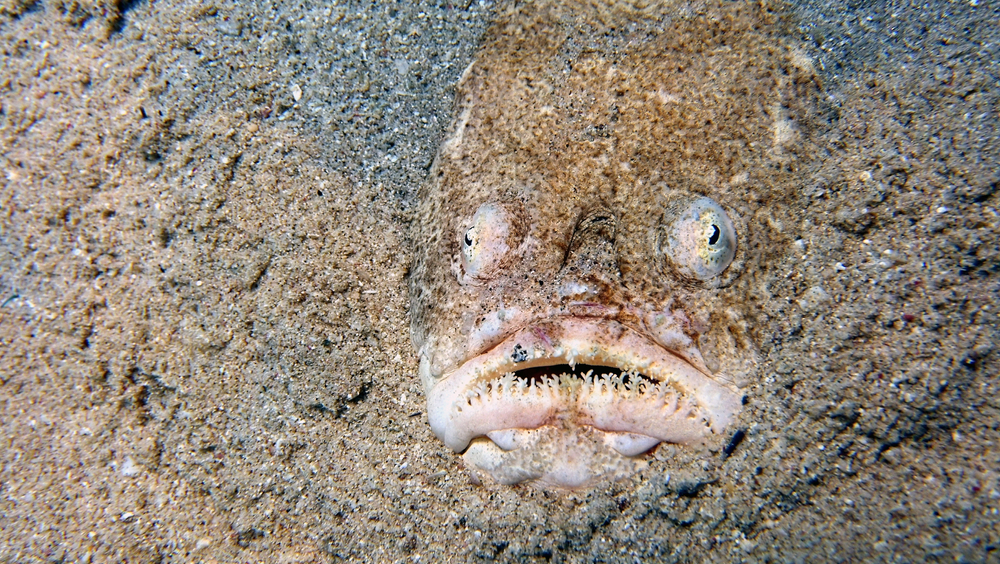
The stargazer fish hides under the sand with only its eyes and mouth exposed, looking more like a shy recluse than a threat. But don’t be fooled—this fish is equipped with venomous spines and even electric organs capable of delivering a shocking attack. Found in the Indo-Pacific, its stealth and arsenal make it one of the ocean’s deadliest surprises.
13. Irukandji Jellyfish: The Tiny Tormentor
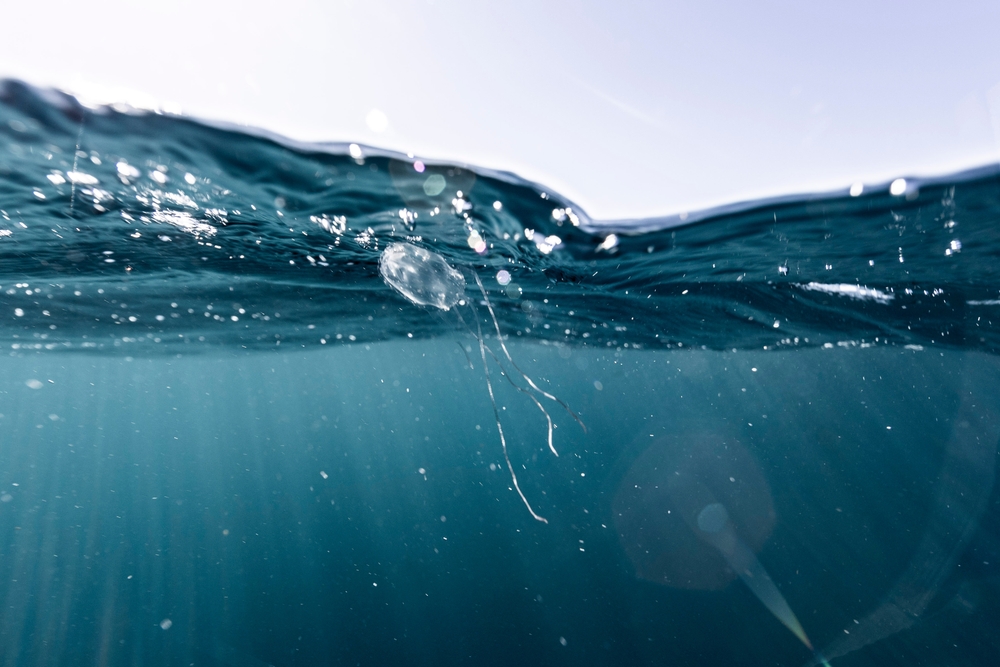
At just one cubic centimeter, the Irukandji jellyfish is nearly impossible to spot, but its sting packs a horrifying punch. Found in Australian waters, its venom causes “Irukandji syndrome,” which includes excruciating pain, nausea, and heart failure. Its minuscule size and transparent body make it one of the ocean’s most sinister assassins.
14. Tiger Sharks: The Ocean’s Garbage Disposals
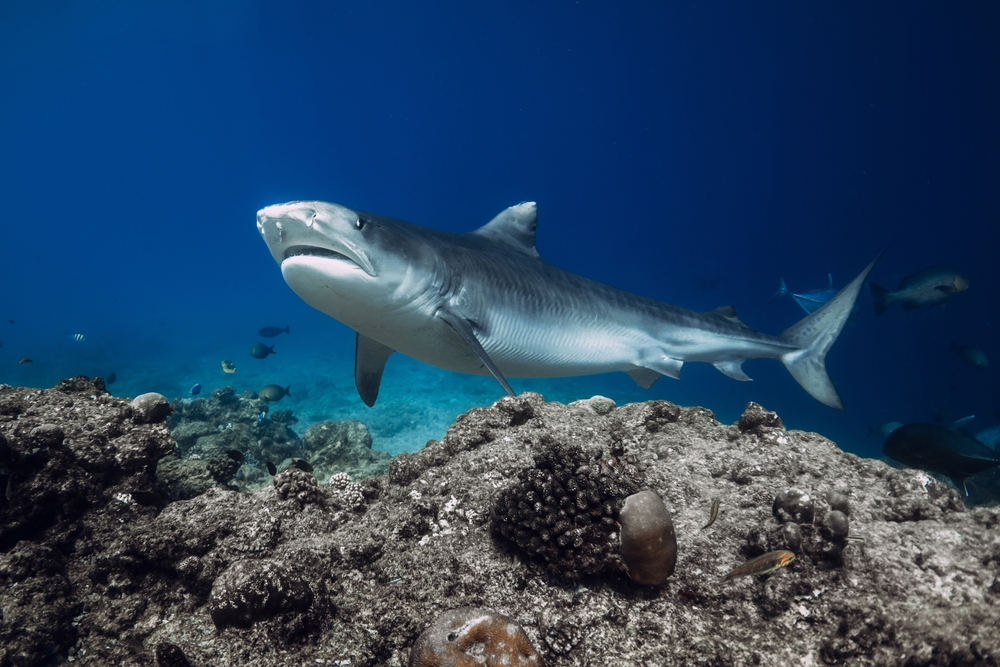
Tiger sharks are known for their voracious appetites and willingness to eat almost anything, from turtles to tires. Found in warm, coastal waters, these predators are responsible for a significant number of shark attacks on humans. Their stripes and graceful movements might look mesmerizing, but their curiosity and power make them incredibly dangerous.
15. Nudibranchs: The Deadly Beauties
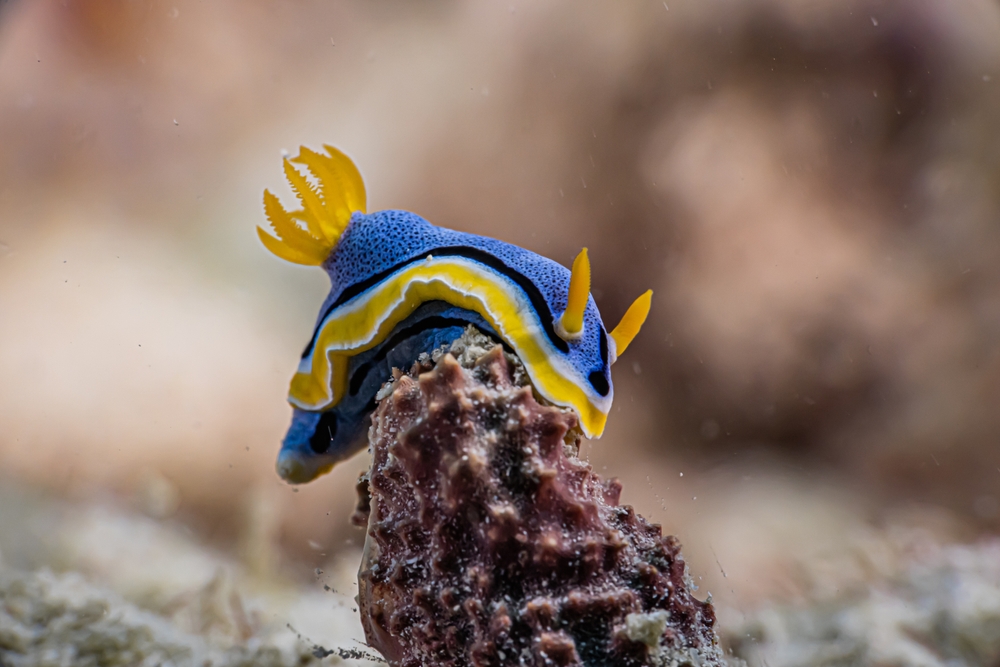
Nudibranchs are tiny, brightly colored sea slugs that look like living art pieces. While they’re harmless to touch, many species accumulate toxins from their prey, making them lethal to eat. Found in oceans worldwide, their delicate appearance hides a toxic secret, proving that even the smallest creatures can pack a deadly punch.
